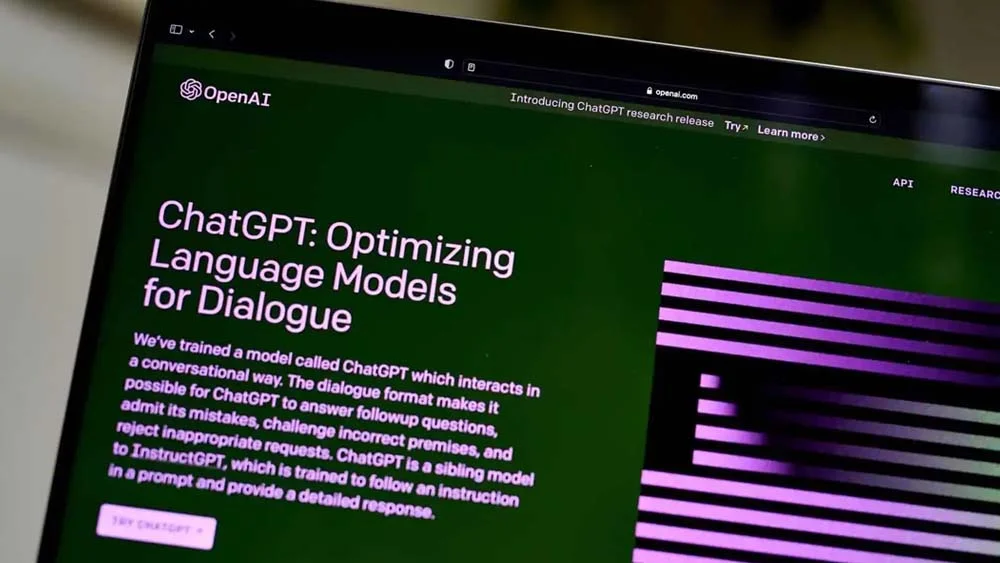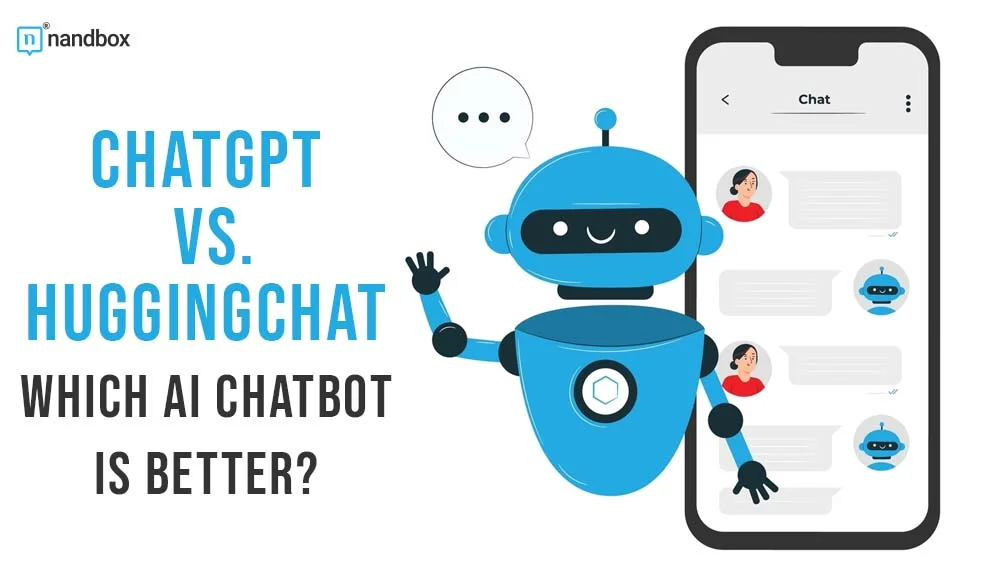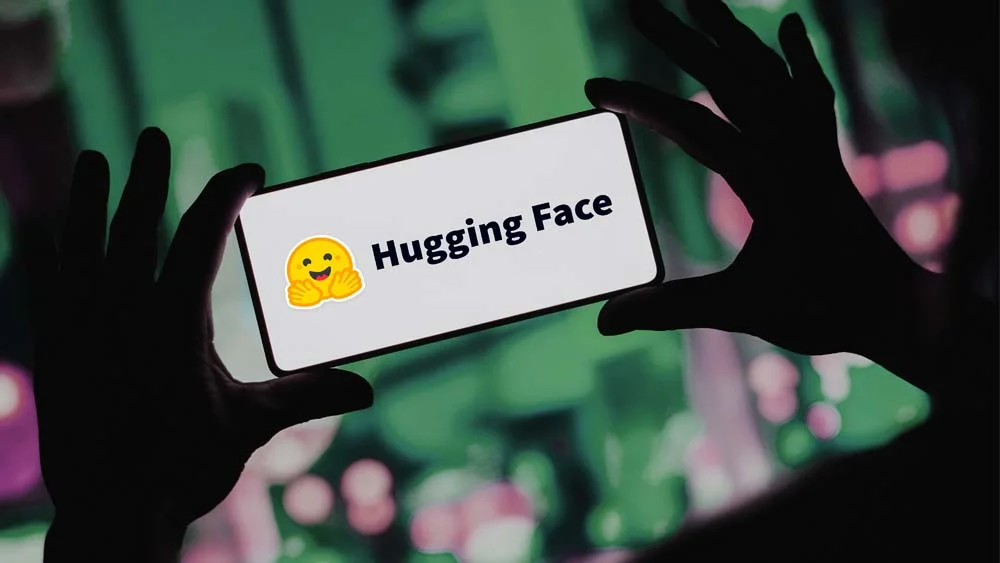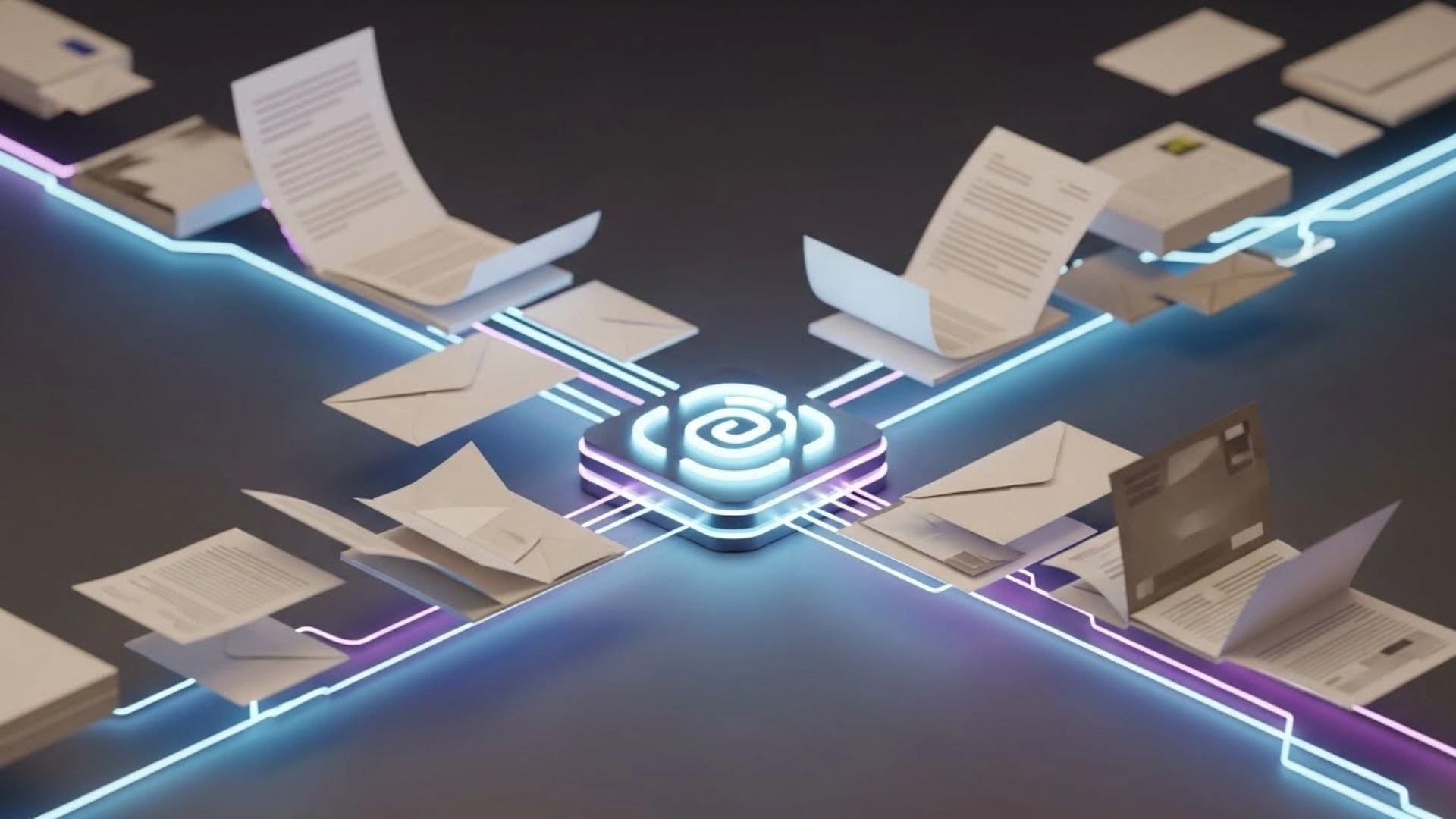After ChatGPT made a spectacular entrance into the scene the past year, it was only natural that other tools with comparable functionality would soon follow. HuggingChat is one of these AI solutions that dazzles the world. When it comes to ChatGPT vs HuggingChat, HuggingChat appears to be quite similar in both appearance and operation at first glance.
Both of these applications carry out comparable tasks, have comparable user interfaces, and rely on AI to generate responses. However, if you and I dig a little bit deeper, you’ll find some differences rolling out in front of you. Let’s do the digging together and uncover the differences between each chatbot. Additionally, learn the features of both chatbots and their pros and cons in this guide.
ChatGPT vs HuggingChat: What Is ChatGPT? A Little Quick Overview

OpenAI, an AI and research business, is responsible for the development of ChatGPT. On November 30, 2022, the company introduced ChatGPT to the market. You can converse with the chatbot in a manner akin to that of a human using the artificial intelligence-powered natural language processing tool known as ChatGPT, in addition to its many other advantages. The language model is able to provide you with answers to inquiries as well as assistance with tasks such as the composition of emails, research papers, and code.
No matter what you use ChatGPT for, including writing, coding, and a lot of other things, using it is completely free. Users have the option to sign up for a subscription that costs $20 a month and can do so if they so choose. ChatGPT guarantees additional benefits for users who opt for the paid membership. Including general access even when the server is at its limit, access to GPT-4, quicker responses, and access to the internet via plugins.
What Is HuggingChat? An Even Quicker Overview (Joking)
Hugging Face, a pioneer in the development of artificial intelligence tools and technologies, is responsible for the creation of HuggingChat. The chatbot uses algorithms for natural language processing (NLP) and machine learning (ML) to create a dialogue with the users.
When users use the platform for the first time, a prompt appears. It reads, “This app is for purposes of demonstration only.” AI is a field that people actively research. Furthermore, there are issues within the field that you can find. Ones that involve things like biased generation and disinformation. You should not rely on this application for advice or decisions involving significant stakes. Unless you disable the feature in your settings. Only then will your interactions be visible to the creators of the models. For businesses interested in leveraging AI, ChatGPT development offers powerful solutions for enhancing customer interactions and automating tasks
HuggingChat’s user interface is very much like that of ChatGPT Pro. The website for the platform includes a short description of its purpose, which reads as follows: “Making the community’s extremely best AI chat algorithms available to everyone.” In contrast to ChatGPT, it simply provides a few samples of prompts, whereas that program also discusses both the app’s potential and its restrictions. In addition, the history of prompted actions is displayed on the left side of the screen of both platforms, in conjunction with alternatives for Theme, Feedback, Settings, and About & Privacy.
ChatGPT vs HuggingChat: A Comparison Between Both Chatbots: Here We Go!
There are differences between both chatbots, as we’ve mentioned above. Let’s start with the basics, like the rate of accessibility of both chatbots. First, ChatGPT. Although it is possible to utilize ChatGPT without an OpenAI account, in order to access the tool directly, you will need an OpenAI account. After you have completed the setup for this, using the tool is completely free (unless you decide to make the switch to ChatGPT Pro).
The situation is somewhat more complicated now that HuggingChat is involved. HuggingChat will affirm that you are required to have an account if you ask about it. However, we utilized it while logged in and encountered no issues while doing so. If this changes, or if you’d just rather have an account, creating one on HuggingFace is completely free, and you can do so right here.
The interfaces of the tools are extremely comparable, as is the case with the majority of these products. Both programs feature a simple input box that allows you to add prompts, but that’s about all they have to offer in terms of AI chatbots; simplicity is the key to their success. However, understanding different ways of prompting can help enhance the quality of responses. Understanding different ways of prompting can help enhance the quality of responses, and having a catchy memorable name for your chatbot can make it stand out in a crowded market.
Next, One Big LLMs Comparison Is Coming Right Up!
The LLM, which stands for Large Language Model, is at the heart of any AI solutions, including artificial intelligence chatbots. These are the core datasets that you use to generate responses to prompts. Ones that resemble human responses. As you can see in the next explanation, every instrument employs a unique LLM. Let’s start with ChatGPT.
- ChatGPT: OpenAI’s GPT family of LLMs serves as the foundation for ChatGPT. To be more precise, GPT-3.5 is the version that the program’s trial version uses, whereas GPT-4 is only available to users of the premium version. The use of data collected no later than late 2021 is the only option for ChatGPT users.
- HuggingChat: HuggingChat was developed using Meta’s LlaMA LLM as its foundation. The benefit of this is that it provides access to the data acquired up until April 12th, 2023.
It is expected that HuggingChat will have an edge as a result of this while looking for recent data.
The proof of this is when a user asked both models, “Who won the Baseball World Series in 2022?” HuggingChat answered correctly with the name of the person. On the other hand, ChatGPT gave a rather disappointing answer, which was that 2022 still lies in the future and it can’t access the future as an AI language model.
ChatGPT vs HuggingChat: Article Summarization: Which Chatbot Did It Better?
You can “pressure” both tools to get more recent data by using URLs in your searches. A user determined whether or not they possessed this skill by having them summarize an article from MakeUseOf about remotely interacting with Android phones. In the initial instance, they provided the URL.
Both bots were able to accomplish this, but the response from ChatGPT was superior in terms of quality because it summarized the various instruments that were described in the article. HuggingChat’s response wasn’t terrible, but it did lack some of the depth that ChatGPT discussed. The two tools don’t differ all that much in this regard, so let’s see how they stack up against one another by putting them through a creative test.
Which Is a More Creative Chatbot That Could Help You Unleash Your Creativity?
The potential of AI chatbots to create original pieces of art is possibly one of the most helpful characteristics of these programs, not withstanding the controversy that surrounds the topic. In spite of this, we are going to ignore the potential legal and ethical repercussions and instead pit two chatbots against one another in a battle of inventiveness.
The level of creative output might be difficult to measure. What seems like beautiful poetry to your ears could be incomprehensible to someone else. Both chatbots excelled when asked to write a song in the form of a poem that drew inspiration from Romeo and Juliet’s love story. Even Shakespeare himself would be proud and impressed!
ChatGPT vs HuggingChat: Security and Privacy: Two Important Aspects That Help People Judge Which Is Better

Concerns around safety and confidentiality are common in relation to generative AI. A reputable chatbot development company can assist in addressing security and privacy concerns by implementing robust protection measures in the chatbot’s design. HuggingChat, like most other chatbots, is subject to the majority of the security issues that are raised with ChatGPT. However, it is reasonable to assume that the majority of chatbots share these issues.
The issue is that this cutting-edge technology is still in its infancy, and as a result, it has many rough spots. The importance of security cannot be overstated. These tools are quite powerful, yet extreme caution is required due to the following security and privacy concerns:
- Data Privacy: Concerning the privacy of your data, the training data may contain personally identifiable information and may grant access to user data.
- Use for nefarious purposes: You can use it by malicious actors to produce spam and fabricated news stories. Additionally, it can also be a useful tool in phishing attempts.
- Cybersecurity Flaws: flaws in cybersecurity ChatGPT is a sophisticated system, and it is possible that it may contain cybersecurity flaws that attackers can use to their advantage.
Bottom Line: Which Is a Better Chatbot After All?
The following is clear from the tests that users made. There is no straightforward answer to this dilemma. When it came to summarizing articles, ChatGPT had a clear advantage over HuggingChat; nevertheless, HuggingChat came out on top when comparing how up-to-date the training data is.
When attempting to choose between the various tools, one of the most significant challenges is the unpredictability of the outcomes of any certain stimulus. Whatever this basically means is that the overall dependability and accuracy of the results can change a lot. That is, even if you change the prompt just a little.
Regarding the accuracy of the results, both of these tools accept that there is a possibility that the quality of the results is flawed. When utilizing either one of them, you must remember to take this into consideration at all times.




